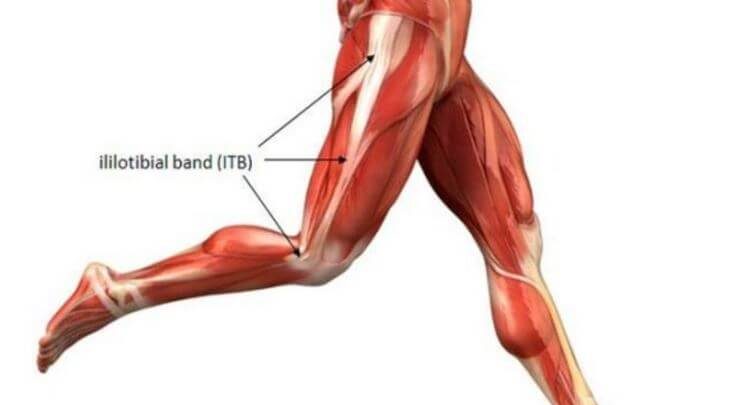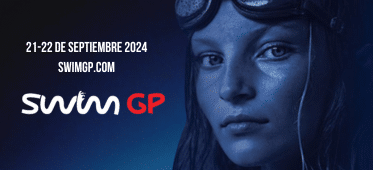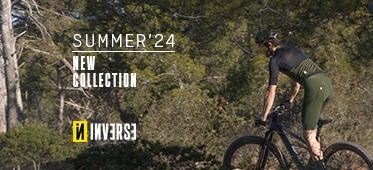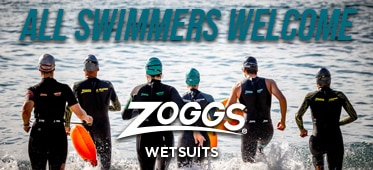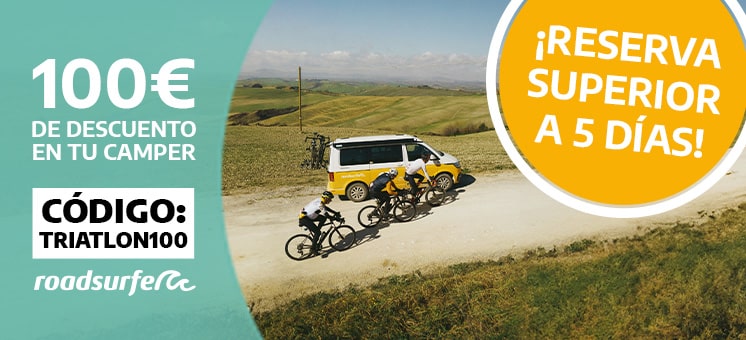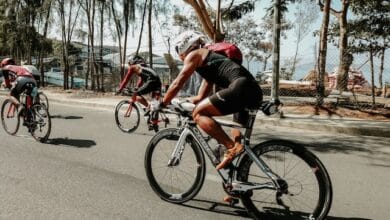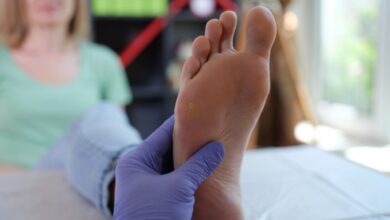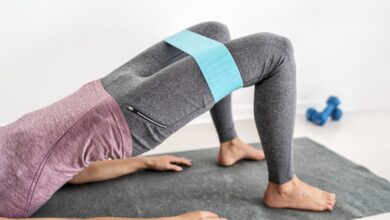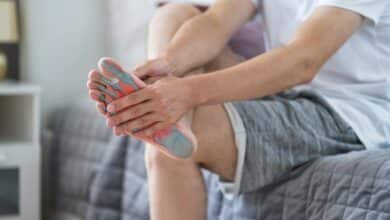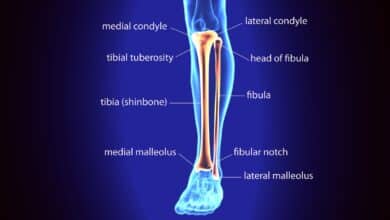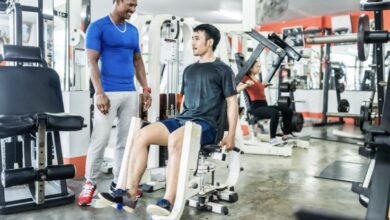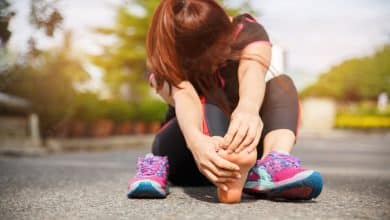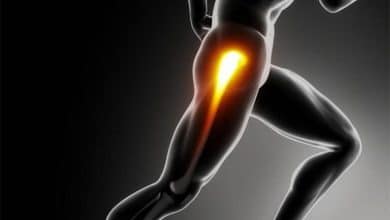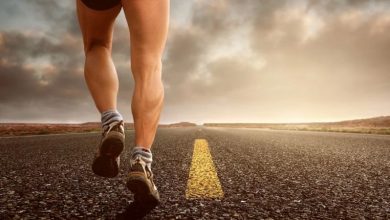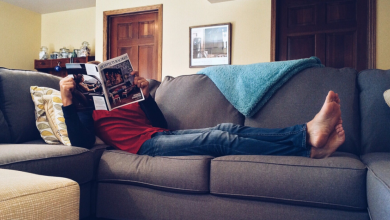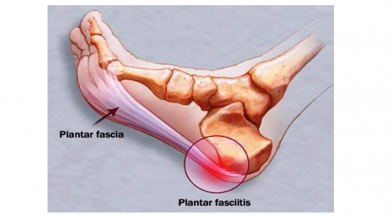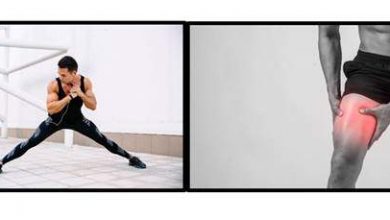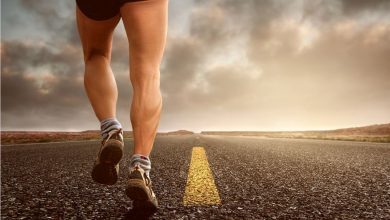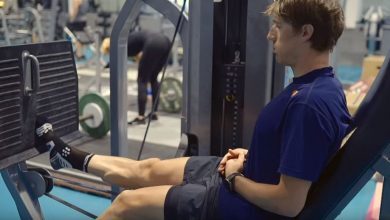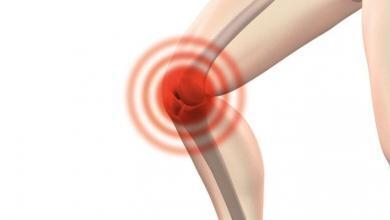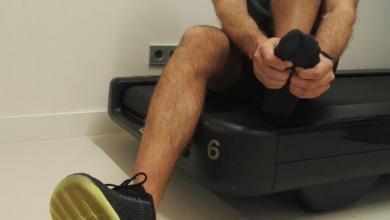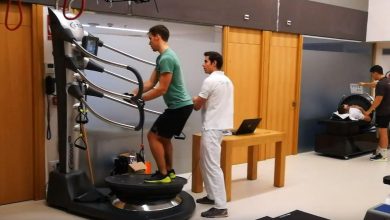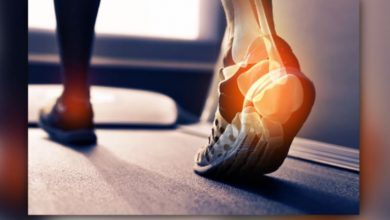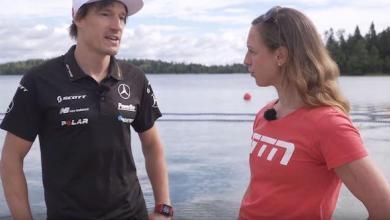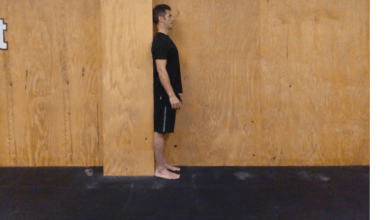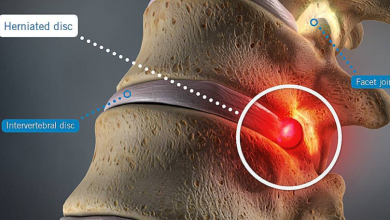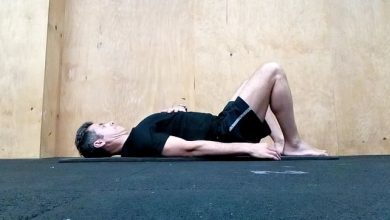Why does the external part of the knee hurt? Iliotibial band syndrome
This syndrome is related to sports overload, in endurance athletes and is known as the runner's knee or runner's knee
Our collaborator Healthing tells us in this article, the causes, prevention and treatment of Iliotibial band syndrome.
Lately, many triathletes come to the consultation saying they feel pain on the outside of the knee during exercise and that is usually aggravated in races that involve descent or even in everyday activities such as climbing stairs.
This article aims to make known the keys of this pathology and how it can be prevented and treated.
What is the possible source of pain on the outside of the knee?
This injury is caused by excessive rubbing between the iliotibial band and the femoral epicondyle.
With the knee in extension, the iliotibial band remains anterior to the external femoral condyle, when the knee is flexed, the band passes over the condyle, being behind it.
This repeated fact, as if it were a windshield wiper, can cause irritation and inflammation of the existing bursa between the iliotibial band and the femoral epicondyle causing pain.
With this injury mechanism, it is easy to understand that this syndrome is related to sports overload, in long-distance runners (hence known as knee runner's knee), or in sports that require repeated push-ups of the knee as for example cycling, although it can also develop after a direct contusion on the area.
However, if it were only for this, the incidence would be much higher, therefore, There are many factors that contribute to suffering from it.
An example may be alterations in the biomechanics of the subject, anatomical morphology of the hips (especially if they have a wide pelvis), alterations in the tread, shortening and weakness of certain muscles,
Also the bad technique during sports practice such as pedaling with the toes pointed inwards, bad position of the saddle, etc.
How to treat knee pain
Undoubtedly, the first thing that must be done is a good physiotherapeutic diagnosis, help us clarify the causes of the injury.
This is important to know if it is that structure that is causing the condition, since the pain on the external face of the knee it may be the result of other injuries.
Other types of injuries that can cause pain are, for example, the popliteus tendon tenosynovitis, damage in the external meniscus or simply a muscle contracture that is causing a pain referred to that area, among others.
Once the area has been identified, the possible triggers of the injury to focus the treatment in an optimal way and not just eliminate the symptoms but root solve the cause of the pathology.
Treatments for lateral knee pain
The most immediate objective is to eliminate pain and improve the neuromotor and biomechanical capacity of the patient, For this we rely on manual therapy, osteopathy and advanced physiotherapy techniques such as neuromodulation and percutaneous intratissular electrolysis if indicated.
In addition, to accelerate the athlete's recovery process, technologies such as the high power laser, Game ReadyⓇ y VacusportⓇ (https://www.triatlonnoticias.com/articulos-lesiones/vacusport-terapia-nasa-deporte)
Once the symptomatology has improved, we will focus on Do an active job to avoid relapses, based on the Redcord NeuracⓇ therapy (https://www.triatlonnoticias.com/articulos-lesiones/redcord-neurac-desequilibrios-musculares) and in ImooveⓇ, improving joint biomechanics in a more global and harmonic way, stimulating neurofunctional coordination.
1 image: Rehabilitation exercises for the treatment of the iliotibial band using the ImooveⓇ platform.
Having said that, the most effective treatment is prevention, therefore all triathletes should pay close attention to make a good sporting gesture, maintain a good postural ergonomics, use proper footwear etc. and of course, go to the physiotherapist usually, we are waiting for you in Healthing!
More information http://healthing.es/
Contact:
Healthing, Calle Serrano, 61. 4th floor - 28006 (Madrid)
There are no previous results.

